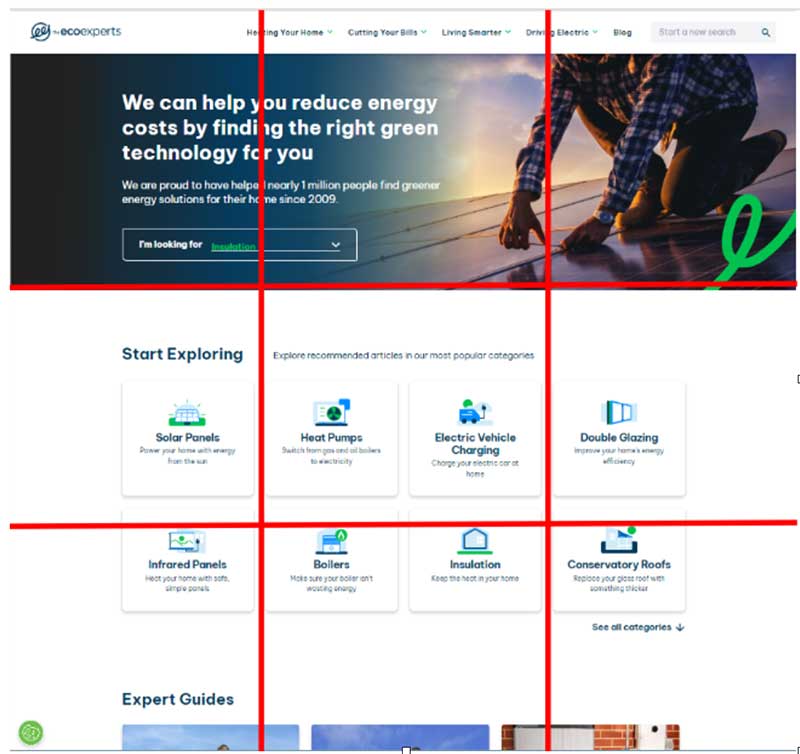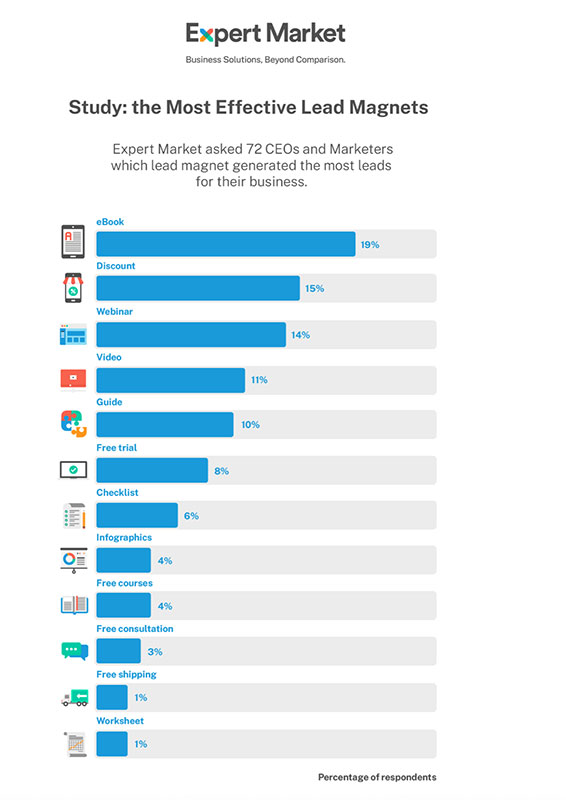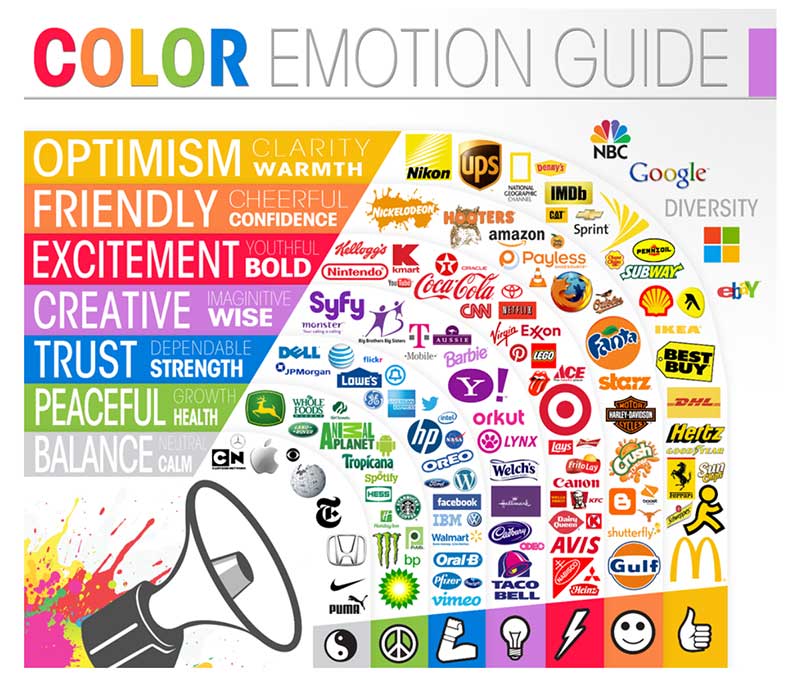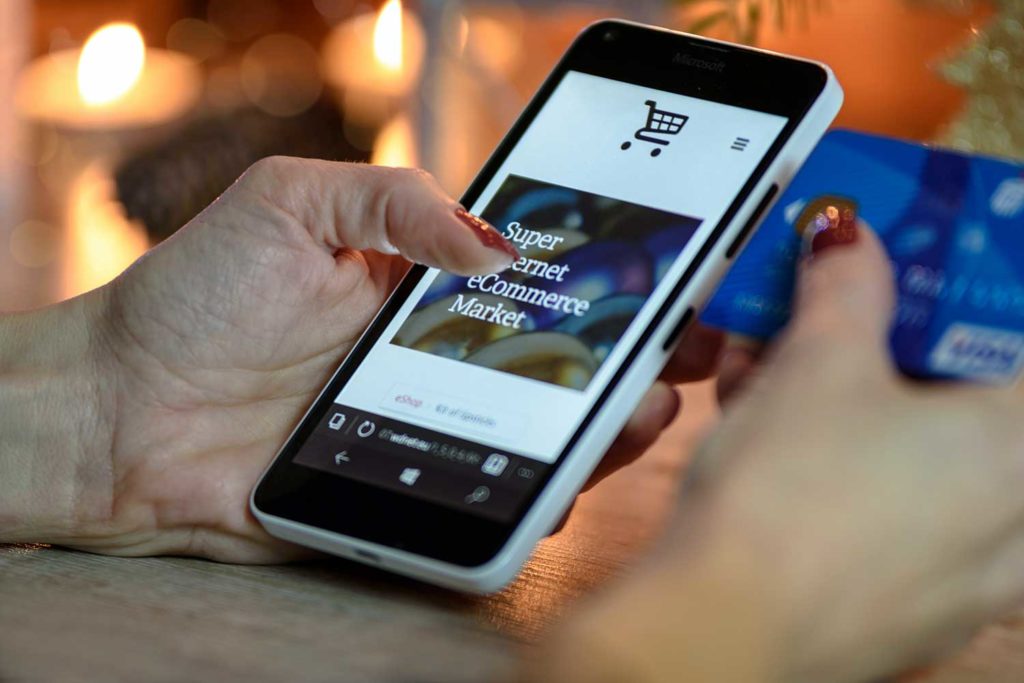The design of your website can have a major impact on whether a visitor converts. Here are 15 design tips to help you in your quest for customer conversions.
The design of your website holds significant sway in transforming idle visitors into paying customers. To enhance this crucial aspect, consider exploring the realm of unlimited webflow services. By seamlessly integrating captivating design elements and user-friendly features, you can create a digital space that not only attracts but also converts visitors into valuable customers.
Creating an aesthetic and appealing design is a fundamental part of building a website, but a good website design also has a major impact on your site’s performance and conversion rates. Look for a web development company just like the Candy Marketing – web development company that can help you entice new customers.
Whether your goal is getting users to buy an item from your online store or to request an appointment from your service business’ website, this article includes 15 design tips you can implement to convert more visitors into customers. Web design services from a reputable company like Salterra Web Design is essential for achieving a successful online presence.
So, check out these web design tips and watch your conversion rates skyrocket!
15 Tips for Converting Customers
1) Use Consistent Branding
If you want to convert web visitors into customers, it’s important to have consistent branding across your site. Your branding should appear in your logo, color scheme, and overall design.
Having a cohesive brand will create a more trustworthy and professional image that will ultimately lead to more conversions.
A strong brand helps visitors recognize your business, which is particularly useful when converting returning customers or users who may have interacted with your brand on other platforms, such as social media.
Creating a brand is a form of storytelling; to convert visitors into customers, you must ensure your branding tells the right story.
2) Apply the Rule of Thirds
The rule of thirds is a basic principle of web design that can help to convert visitors into customers using website layout.
It states that the most important elements on a page should be placed in the top third or left third of the page so that they are more likely to be seen by visitors. This content should be an element that you think will convince a user to convert into a customer. This could include anything from product showcases to customer reviews.

By splitting your webpage into three, you can ensure you’re placing the most important content in the right place to ensure visitors will see it straight away. In this example, The Eco Experts Website directs you to choose an option from ‘I’m looking for, to help their users find the right products and support.
3) Reduce the Choice for Visitors
When you give visitors too many choices, they can get overwhelmed and may not take any action at all. But if you reduce the number of choices they have to make, they’re more likely to convert into customers.
It’s a problem often referred to as “paralysis by analysis” – you have too many options and don’t know which to pick, so you don’t pick any.
If you showcase 15 different products on your homepage, visitors will be overwhelmed with the choice on offer. Instead, picking a few key items to highlight will be more likely to lead them straight to your checkout page.
This is also why CTA’s are so important. A call to action clearly tells visitors what they should do next and takes the decision-making process out of their hands.
4) Showcase Customer Reviews
If you’re looking to convert website visitors into customers, one of the best things you can do is showcase customer reviews.
Reviews build trust and show potential customers that you’re a reliable business.
When building your website, adding a section into the design that ensures visitors’ eyes are drawn to customer reviews helps to provide your business with social proof and reliability that will boost your conversion rate.
5) Use lead magnets
Lead magnets are bonuses offered to customers in exchange for their contact information. A new study of marketing experts and CEOs suggests eBooks, discounts, and webinars are the three most effective lead magnets, but they can take many other forms. Other financial incentives, like free shipping or cashback, are especially effective for generating first sales for eCommerce businesses. Using interactive content like quizzes or checklists as lead magnets can be great tools to engage customers and segment your audience.
Lead magnets are a great tool for driving conversions because they can be used to grow your email marketing list. Showcase your lead magnet as an eye-catching banner or pop-up. It should stand out but still fit with the overall design of your webpage. Ensuring the CTA is simple and clear will increase your chance of gaining the customer data you want.

6) Add Breadcrumbs
Web breadcrumbs are clickable links that show a website visitor’s current location on a website. They help orient users and give them a way to backtrack if they get lost.
Plus, breadcrumbs can be a great way to boost conversions by providing an easy way for visitors to navigate your site.
Remember that users don’t always land on your website through the homepage. Breadcrumbs make it easy for visitors to understand where they are currently within your website.
So how do you add breadcrumbs? It’s simple: just ensure you include navigation links at the top of every site page.
This is particularly useful for e-commerce websites that host a large number of products and categories.
7) Include an FAQ Section
An FAQ section on your website can help increase customer conversions by providing visitors with answers to common questions.
This can not only reduce the number of customer service inquiries you receive, but it can also make it easier for potential customers to easily find the information they need to make a purchase.
Plus, an FAQ section can help build trust with potential customers by showing that you’re knowledgeable about your product or service.
8) Compress Images
Your website’s images are important! Not only do they help give your site a more polished look, but they can also play a role in customer conversions.
We’ve already mentioned the importance of a fast-loading website, and compressing your images can reduce the amount of time it takes for your pages to load.
Never upload images bigger than your screen; you can compress your images further once uploaded.
Most website CMS systems, such as WordPress, have plugins that allow you to easily compress your images to the optimal size.
9) Use Color Psychology
Color psychology is the study of how colors affect human behavior. It’s a powerful tool influencing how people think, feel and behave. And when it comes to website design, it can be used to increase conversions.
For example, the color red is associated with excitement and urgency, which is why it’s often used to promote clearance sales.
Blue, on the other hand, creates a sense of calm and trust and is a color often used by professional services such as banks and insurance companies.

Selecting colors for your website based on the emotions you want your visitors to feel can help to increase your conversion rate because customers buy on emotions.
10) Leverage White Space
Converting website visitors into customers is all about persuasion. And one of the most persuasive tools in a designer’s toolkit is white space.
Creating more white space on your site will help make your site seem more spacious and inviting, which can lead to increased conversions.
White space makes it easier for users to focus on what you want them to see. White space also gives users room to think when they fill out forms or click on links.
By giving them room for thought, you reduce the chance that they’ll leave the page without completing their task because they’re struggling with how much information you’re asking from them or what exactly you want them to do next.
11) Include the Human Face
Adding a human face to your website is a great way to convert customers. People are more likely to trust a website that features a real person than one that doesn’t. A human face gives your website a personal touch that can be very persuasive.
When adding a human face to your website, make sure to choose someone friendly and approachable.
Avoid using stock photos, as these can often look fake or staged. Instead, use a real photo of a real person using your products or service. This will help create a sense of trust and rapport with potential customers.
12) Group Elements Logically
When designing your website, it’s important to group elements together in a way that makes logical sense. For example, if you have a page about your company’s history, you would want to put all of the information about your company’s history together on that page. You wouldn’t want to put it on a page about your product offerings.
When grouping elements together, think about what makes the most sense for your users. What will help them find the information they’re looking for more easily?
Logically grouping elements together will help to improve the overall user experience of your website which is a major factor in building conversions.
13) Monitor Visitor Navigation
Successful websites make understanding user behavior a key priority. Monitoring how visitors engage with your site will give you an idea of which pages turn visitors into customers and help you identify those failing to drive revenue.
You can use tools like heatmaps and Google Analytics to analyze visitor behavior on your website. Does a particular page lead to more visitors to your checkout? Are lots of potential customers leaving your site after landing on a certain page? Ask yourself why. The answer will usually lead you to some great ways to optimize your website.
For websites like blogs, which have multiple ways of generating revenue, it’s important to create and track metrics for each income stream. Track clicks on affiliate links, monitor how much advertising revenue each page generates, and assess which content attracts the most sponsorship. Understanding how you want users to behave on your website will help you create a truly effective, purpose-built site.
14) Keep it Simple
A key design tip for converting customers with your website is to keep it simple. Visitors should be able to understand what your website is about and navigate it easily. Too much clutter on your website can be overwhelming and turn visitors away.
When it comes to the design of your website, less is more. Use simple colors, fonts, and easy images on the eyes.
Avoid using too many different colors or font styles as this can confuse visitors; stick to one or two of each throughout your website for a cohesive look.
Your website should also be easy to navigate. Organize your content in a way that makes sense and use clear labeling so visitors know where they are on your site. Use drop-down menus or other navigation tools to help visitors find what they’re looking for quickly and easily.
By following these design tips, you can help ensure that your website is conversion-friendly and that visitors will stay on your site longer, increasing the likelihood of making a purchase.
15) Use Pop-Ups with Caution
Pop-ups can be a great way to grab someone’s attention and get them to sign up for your email list or take a desired action. However, you need to be careful with pop-ups. If you use too many pop-ups, or if they are intrusive and annoying, people will just leave your site.
It’s important to test different placements and types of pop-ups to see what works best for your audience. You should also allow people to close the pop-up so they don’t feel like they’re being forced to do something they don’t want to do.
Used sparingly, pop-ups can be a great way to convert visitors into customers; just be sure not to go overboard.

Like this blog post?
Are you interested in maximizing your online growth? We can help with Web Strategy, Web Design & Development, SEO, and content writing. Talk to Us! Call: (857)400-8959
Final Thoughts
Web design isn’t just about making your website look nice; your choices can majorly impact various aspects of your site’s performance and, in particular, your conversion rate.
Implementing these 15 design tips into your web design will go a long way to boosting your conversions and increasing your profits.
We hope that you enjoy our content. If you decide to make a purchase after clicking on one of our affiliate links, we’ll earn a small commission at no extra cost to you. Thanks for reading! View our Affiliate Disclosure

